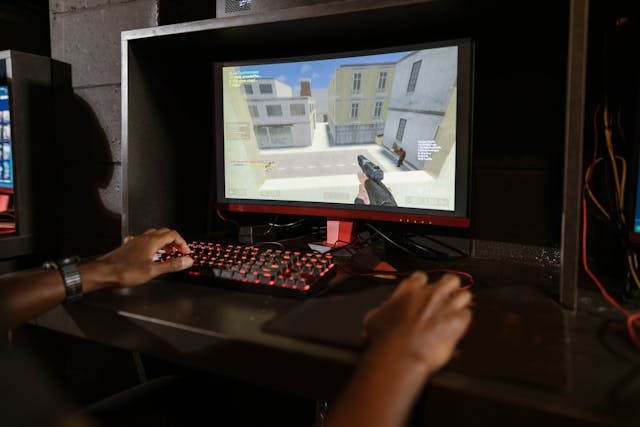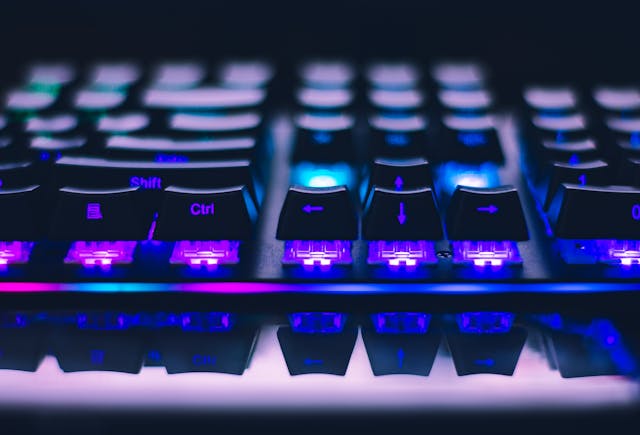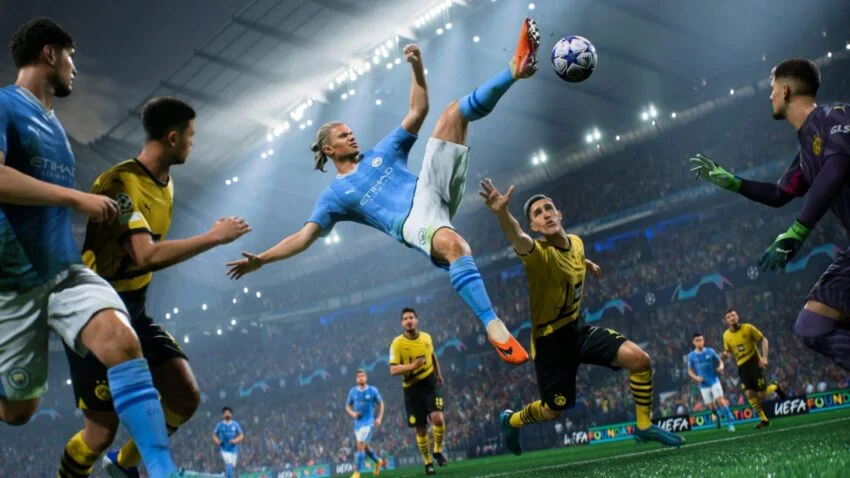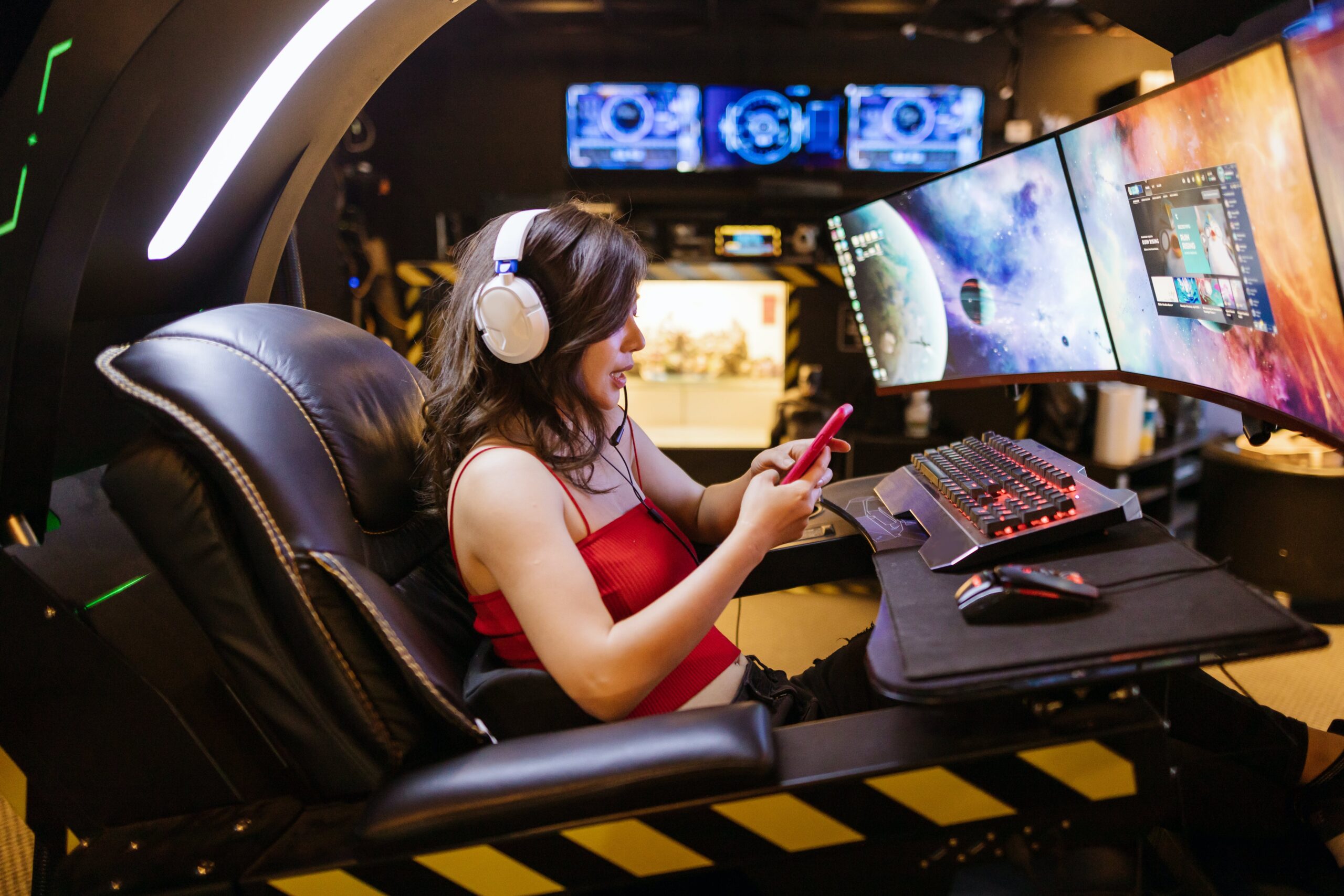Last year the concept of myoelectric gestures based on muscle data translated into bionic prosthesis movement was a big thing. DARPA’s experimentation into the technique was spawned from a consumer electronic device known as the Myo Gesture Armband, which we wrote about a couple of years ago as a potential gesture-based gaming device. But DARPA ended up using the device as an actual means for advancing prosthesis using a technique known as міо-протез.
Other developers, companies and research labs have also been rapidly making advancements on this technique of marrying robotics with biometric data inputs. As reported by Japan Times, 29-year-old CEO, Masahiro Kasuya, of Tokyo-based tech start-up Meltin MMI CO., is working on trying to commercialize myoelectric prosthetic appendages.
A video demonstration of what they’re working on was recently posted up on YouTube, which you can check out below.
According to Kasuya…
“If someone who has only one hand gets an artificial hand as an extension of the body, why can’t people with two hands add a third hand?”
“The video presents such a scenario in a somewhat joking way, but I’m dead serious about realizing it.”
Kasuya’s venture into robotic prosthesis is focused on reading muscle and nerve signals, taking that data and transferring it through a computer and then turning that data into remote signals for the prosthetic to read. It’s no different than how the PlayStation Move or Wii-Motes work, where the camera or sensor bars read the data and then translate it into commands that depict equivalent movement(s) on-screen.
As you can see in the video above, there’s some definitely input lag between reading Kasuya’s muscle data, the computer translating that data into machine commands, and then those commands being executed in the form of the prosthetic responding to those instructions. They’re also working on machine learning so that pressure sensitive grip and object recognition helps users apply the right kind of pressure when interacting with other people and objects.
According to the Japan Times, this kind of technology translates into prosthetic limbs that start at ¥1 million, which translates into something close to $9,000 USD.
The crude technology still has a ways to go before it’s both portable and affordable, but Kasuya’s Meltin MMI CO., is getting there.
Owl Bionics doesn’t need to get there… they’re already there. The small company is also using myoelectric biometric feedback to control their bionic prosthetic for precision-based movement and control.
WCPO did a brief article about the recent advancements that the Oakley, California-based tech start-up have accomplished in recent times, including having a myo-prosthetic limb that’s both lightweight and highly efficient.
Ali Bashir, Admjad Osman and Ahmed Sulimen head up the development of the DENA, gesture-based prosthetic. They have a snazzy demonstration video showing the appendage performing everyday actions and activities, such as picking up dollar bills, or lifting small objects in a delicate manner. You can check out the video below.
They take it a step further by showing how the software gesture control also works with the hardware, showing how the Myo armband can be used for controlling things like electronics and smartphones, as well as other household appliances. But ultimately the tech is being used to spearhead advancements to help those with motor skill disabilities or amputees.
DENA’s a bit more than just a prosthetic limb, though. Much like Kasuya’s technology, Owl Labs is using DENA for machine learning as well, to help in identifying object density and weight, as well as partake in predictive learning in order to help ease users into using the technology for everyday use.
It seems as if robotic prosthesis is advancing rapidly almost every year, and with things like 3D printed cells becoming standard, it won’t be long before Myo-controlled biomimetic prosthesis becomes a standard in limb replacement for amputees.








